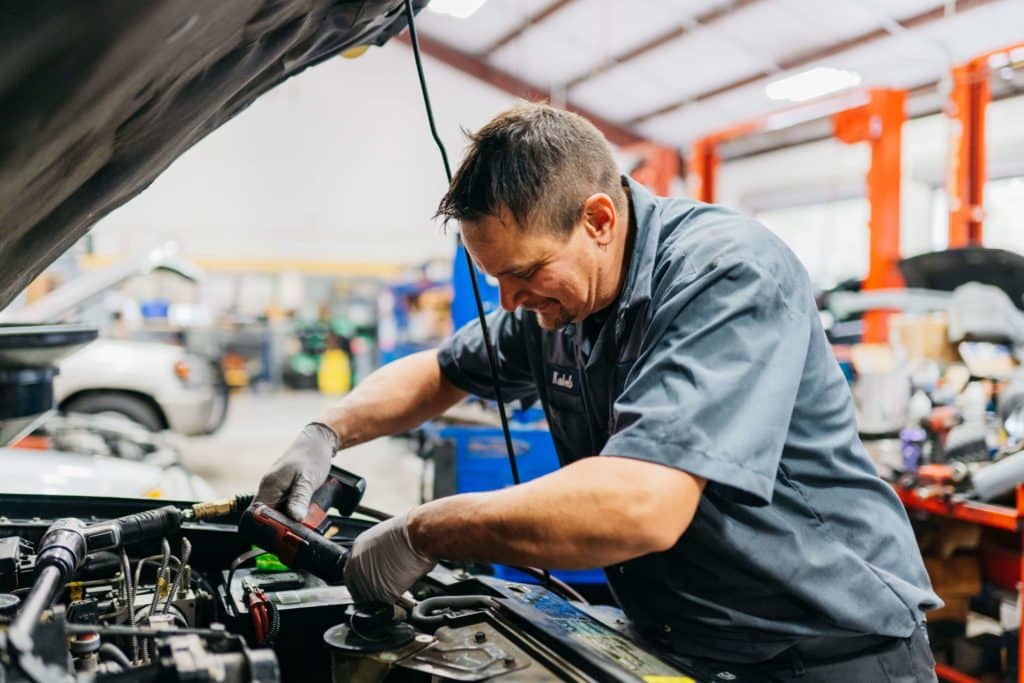All Categories
Featured

When it involves lorry repair work or upgrades, among the most essential choices you'll face is whether to select Original Equipment Maker (OEM) components or aftermarket components. Both alternatives provide unique advantages and downsides, so understanding the differences in between them is necessary for making an informed choice. In this short article, we'll check out the advantages and constraints of OEM and aftermarket components to aid you determine which is ideal fit for your auto.
What Are OEM Components? OEM components are created by the same maker that made the original elements in your car. These parts are made to satisfy the specific requirements of your vehicle, guaranteeing they are an exact fit and offer the same efficiency as the parts that came with the lorry when it was initial built. OEM components are commonly taken into consideration the "factory requirement" due to the fact that they come directly from the auto's maker or a qualified provider.

Among the main advantages of using OEM parts is their guaranteed high quality. Because these parts are made to the very same standards as the originals, they typically give a perfect fit and trusted performance. In addition, several OEM components include a guarantee, providing you assurance that you'll be protected in instance of defects.
What Are Aftermarket Parts? Aftermarket parts are made by third-party makers that are not connected with your vehicle's initial producer. These components are created to fit a wide array of vehicles and are usually much less pricey than OEM parts. Aftermarket components can be made use of for routine repair services or upgrades, and they typically use a more comprehensive range of alternatives contrasted to OEM parts.

Furthermore, aftermarket parts may supply better performance or additional features not offered in OEM options. Aftermarket exhaust systems, brake pads, and suspension parts commonly supply renovations in efficiency or visual appeals that may not be found in OEM parts.
Advantages of OEM Components. Accuracy and Compatibility: OEM parts are created specifically for your car's make and version, ensuring they fit flawlessly and carry out to the exact specs required. Guarantee Insurance Coverage: Many OEM components feature warranties, supplying insurance coverage in instance of issues or premature failure. Quality control: Since OEM parts are made by the initial producer, they are subjected to the exact same rigorous quality assurance criteria as the components installed in your vehicle when it was initial built. Resale Worth: If you intend to offer your vehicle, having OEM parts can aid keep its resale value, as possible purchasers may be a lot more interested in a vehicle that has actually been fixed with original parts. Advantages of Aftermarket Components. Cost Financial savings: Aftermarket parts are normally much less expensive than OEM parts, which can be a substantial advantage if you're on a budget or intend to conserve money on repairs. Selection and Modification: Aftermarket components offer a broader variety of choices, including performance upgrades and visual improvements. If you desire to boost horse power or improve your cars and truck's look, aftermarket choices can supply distinct remedies. Schedule: Aftermarket components are typically easier to locate than OEM parts, specifically for older lorries that might no much longer have easily available OEM elements. Performance Improvements: Some aftermarket parts are made with efficiency in mind, such as high-performance brakes, air filters, or exhaust systems. These parts can enhance your vehicle's total efficiency and driving experience. Downsides of OEM Components. Greater Price: One of the most significant disadvantage to OEM parts is their price. They are typically much more costly than aftermarket options, which can add up swiftly if your vehicle needs numerous fixings. Minimal Customization: OEM parts are created to recover your automobile to its initial specs, indicating they might not supply the same array of modification options as aftermarket components. Schedule Issues: Relying on the age of your vehicle, certain OEM components may be more challenging to find or terminated, making repair work much more challenging. Downsides of Aftermarket Components. Inconsistent High quality: While lots of aftermarket components are of top quality, others might be inadequately made or lack the durability of OEM parts. It is necessary to look into the manufacturer and review reviews to make certain the top quality of the component you're considering. Fitment Troubles: Aftermarket parts are created to fit a vast array of vehicles, yet they may not always use the ideal fit that OEM parts ensure. This can cause installment concerns or suboptimal performance. No Surefire Guarantee: While some aftermarket components include guarantees, they may not be as thorough or lasting as those provided by OEM parts. In some cases, using aftermarket parts might additionally influence your lorry's service warranty protection if it's still active. How to Decide Between OEM and Aftermarket Components. The choice in between OEM and aftermarket parts eventually relies on your specific requirements, preferences, and spending plan. Here are a few factors to consider to assist assist your option:
Spending plan: If saving cash is a top priority, aftermarket components are usually the much more affordable choice. Be conscious that more affordable components may not last as long as OEM components, which can result in greater costs down the roadway. Lorry Age and Problem: For newer vehicles, especially those under guarantee, it's commonly an excellent concept to select OEM parts to preserve the auto's integrity and maintain its resale worth. For older cars and trucks, aftermarket parts might be much more functional, specifically if the automobile is no more under service warranty or if you're attempting to extend its life-span with cost-effective solutions. Fixing Kind: Specific critical repairs, particularly those pertaining to safety and security (brakes, air bags, and so on), are best managed with OEM components to make certain the highest degree of safety and security and efficiency. For non-essential repairs or adjustments, aftermarket components can offer a superb balance of high quality and price. Performance and Modification: If you're seeking efficiency upgrades or special personalization choices, aftermarket parts might be the most effective selection. Numerous aftermarket manufacturers layout components particularly for enhancing your car's capabilities, whether it's for better performance or looks. Final thought. Both OEM and aftermarket components have their disadvantages and pros, and the very best selection relies on your particular demands and priorities. OEM components are excellent for preserving the original high quality and performance of your lorry, while aftermarket components supply expense financial savings, modification alternatives, and a broader range of options. Thoroughly review your vehicle's problem, the type of repair service required, and your budget plan to make the very best choice for your cars and truck and your pocketbook. No matter which choice you choose, it's always wise to speak with a trusted auto mechanic who can offer assistance and make certain the repair service is done properly.
Latest Posts
Practical Rug Take Care Of Lasting Charm
Published Apr 20, 25
1 min read
A-Abel Roofing Gallery: Workmanship in Every Detail
Published Apr 20, 25
1 min read
Change Your Shower Room Without the Stress And Anxiety
Published Apr 19, 25
1 min read